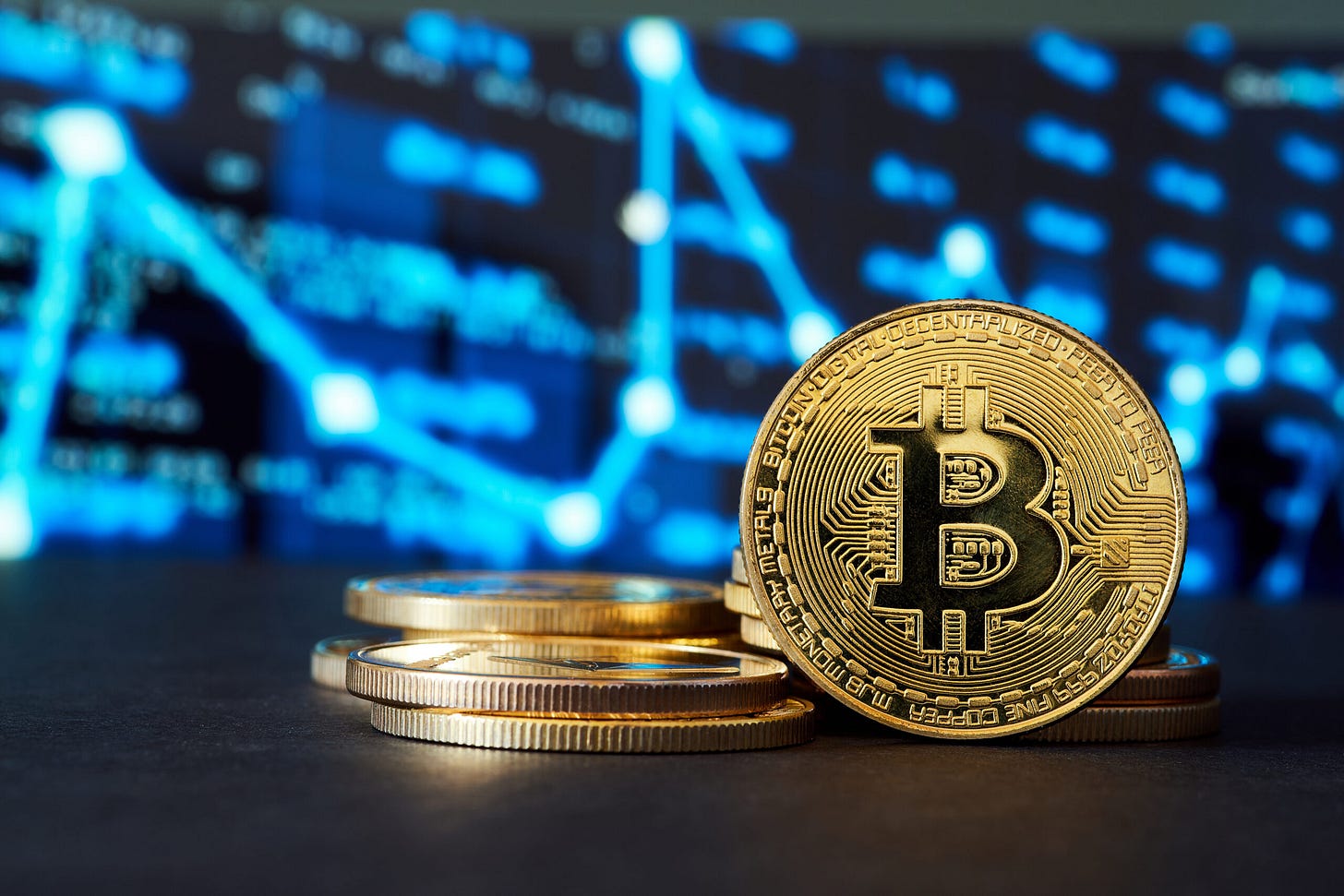"Gold vs. Bitcoin: The Ultimate Showdown for Financial Dominance in 2024! "
Which Asset Will Reign Supreme?
The Resurgence of Gold in Central Banking and the Potential of Bitcoin in 2024
Introduction
In the realm of global finance, the dynamics of monetary assets are constantly evolving, driven by geopolitical shifts, economic uncertainties, and technological advancements. Two assets that have garnered significant attention in recent years are gold and Bitcoin. While gold has long been revered as a store of value and a hedge against economic instability, Bitcoin represents a novel digital asset with disruptive potential in the financial landscape. This article explores the resurgence of gold in central banking and the potential of Bitcoin in 2024, shedding light on their respective roles and implications for the future of finance.
The Central Role of Gold
Historical Significance
Gold holds a storied history as a monetary asset, dating back centuries as a medium of exchange and a store of value. Its scarcity, durability, and intrinsic value have made it a trusted asset for civilizations throughout history. Central banks, in particular, have historically maintained significant reserves of gold to underpin their monetary systems and ensure stability in times of economic turmoil.
Resurgence in Central Bank Reserves
In recent years, there has been a notable resurgence in the importance of gold within central bank reserves. This trend marks a departure from the era of the "great moderation," during which gold was often sidelined in favor of fiat currencies. Geopolitical tensions, coupled with concerns about the stability of the global financial system, have prompted central banks to reassess their reserve assets and reevaluate the role of gold.
Factors Driving the Resurgence
Several factors contribute to the renewed interest in gold among central banks. Geopolitical uncertainties, including trade tensions and geopolitical conflicts, have heightened concerns about currency devaluation and economic instability. In this context, gold emerges as a trusted hedge against such risks, offering a store of value that transcends geopolitical boundaries.
Diversification and Risk Mitigation
Central banks view gold as a crucial component of their reserve strategies, providing diversification away from traditional fiat currencies. The recent increase in central bank gold purchases reflects a strategic approach to risk mitigation, as central banks seek to safeguard their reserves against potential economic upheavals. By diversifying their portfolios with gold, central banks aim to reduce their exposure to currency fluctuations and geopolitical risks.
Implications for Monetary Policy
The resurgence of gold in central bank reserves carries significant implications for monetary policy and global finance. It signals a broader shift towards a more balanced and diversified approach to reserve management, away from the overreliance on fiat currencies. This shift underscores central banks' recognition of the importance of gold as a foundational asset in maintaining monetary stability and credibility.
The Emergence of Bitcoin
A Digital Revolution
Bitcoin represents a revolutionary departure from traditional monetary assets, offering a decentralized, digital alternative to fiat currencies. Developed in the aftermath of the 2008 financial crisis, Bitcoin was conceived as a peer-to-peer electronic cash system, free from the control of central authorities. Its underlying technology, blockchain, enables secure, transparent transactions without the need for intermediaries.
Growing Acceptance and Adoption
Since its inception, Bitcoin has experienced a meteoric rise in acceptance and adoption worldwide. Initially dismissed as a niche experiment, Bitcoin has evolved into a global phenomenon, attracting interest from investors, technologists, and mainstream financial institutions alike. The launch of Bitcoin futures contracts, the proliferation of cryptocurrency exchanges, and the integration of Bitcoin into institutional investment portfolios underscore its growing legitimacy as an asset class.
The Potential of Bitcoin in 2024
As Bitcoin approaches its halving event in April 2024, anticipation surrounding its potential has reached new heights. The halving, which occurs approximately every four years, reduces the rate at which new Bitcoins are created, thereby curbing inflation and scarcity. Historically, halving events have been associated with significant price rallies, as supply constraints drive up demand for the cryptocurrency.
Institutional Adoption and Financialization
The launch of Bitcoin exchange-traded funds (ETFs) by major financial institutions, including BlackRock and Fidelity, represents a watershed moment for the cryptocurrency market. These ETFs provide institutional investors with regulated, accessible avenues for exposure to Bitcoin, paving the way for broader adoption and financialization of the asset. Additionally, the growing presence of institutional custodians and regulated trading platforms further enhances Bitcoin's credibility as an investable asset.
Conclusion
The resurgence of gold in central banking and the emergence of Bitcoin underscore the dynamic nature of global finance in the 21st century. While gold continues to serve as a trusted store of value and a hedge against economic uncertainty, Bitcoin represents a disruptive force with the potential to reshape the financial landscape. As central banks diversify their reserves and investors seek alternative assets, both gold and Bitcoin are poised to play pivotal roles in shaping the future of finance.






